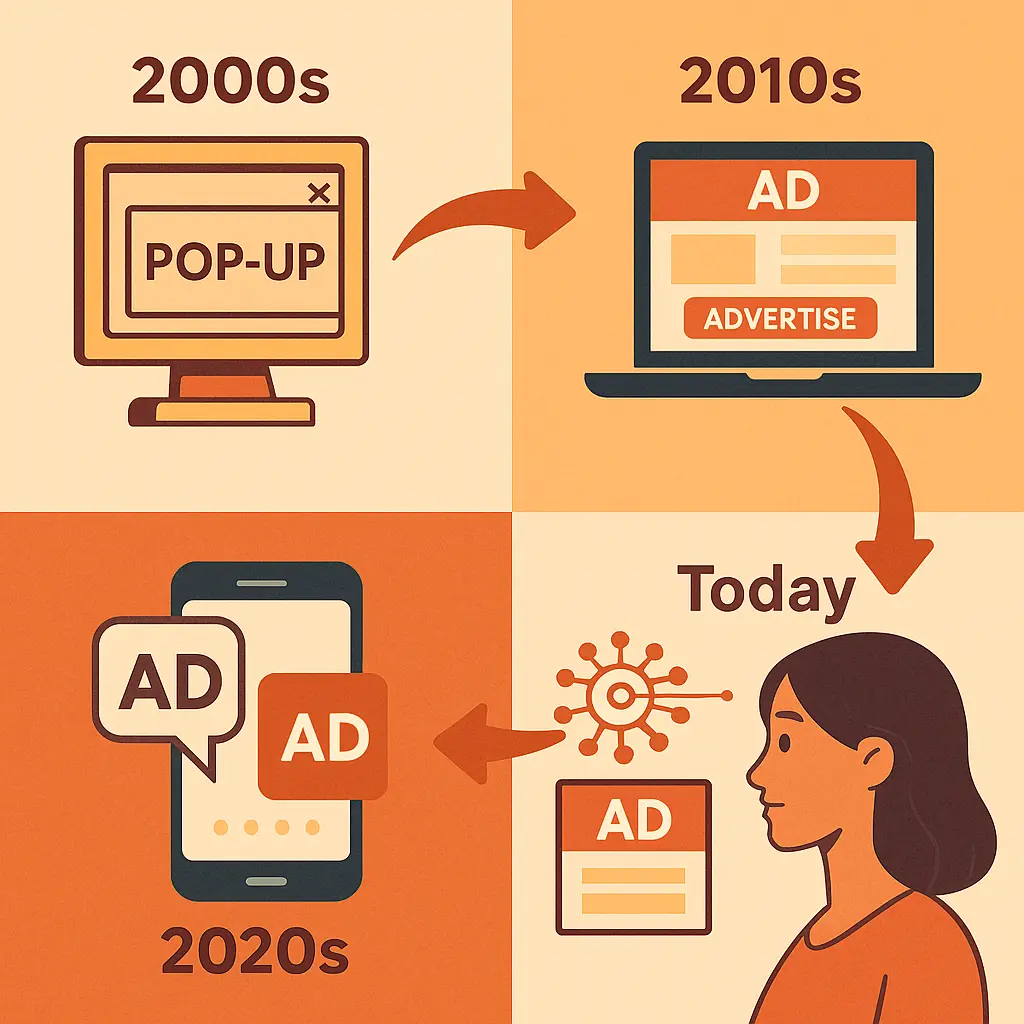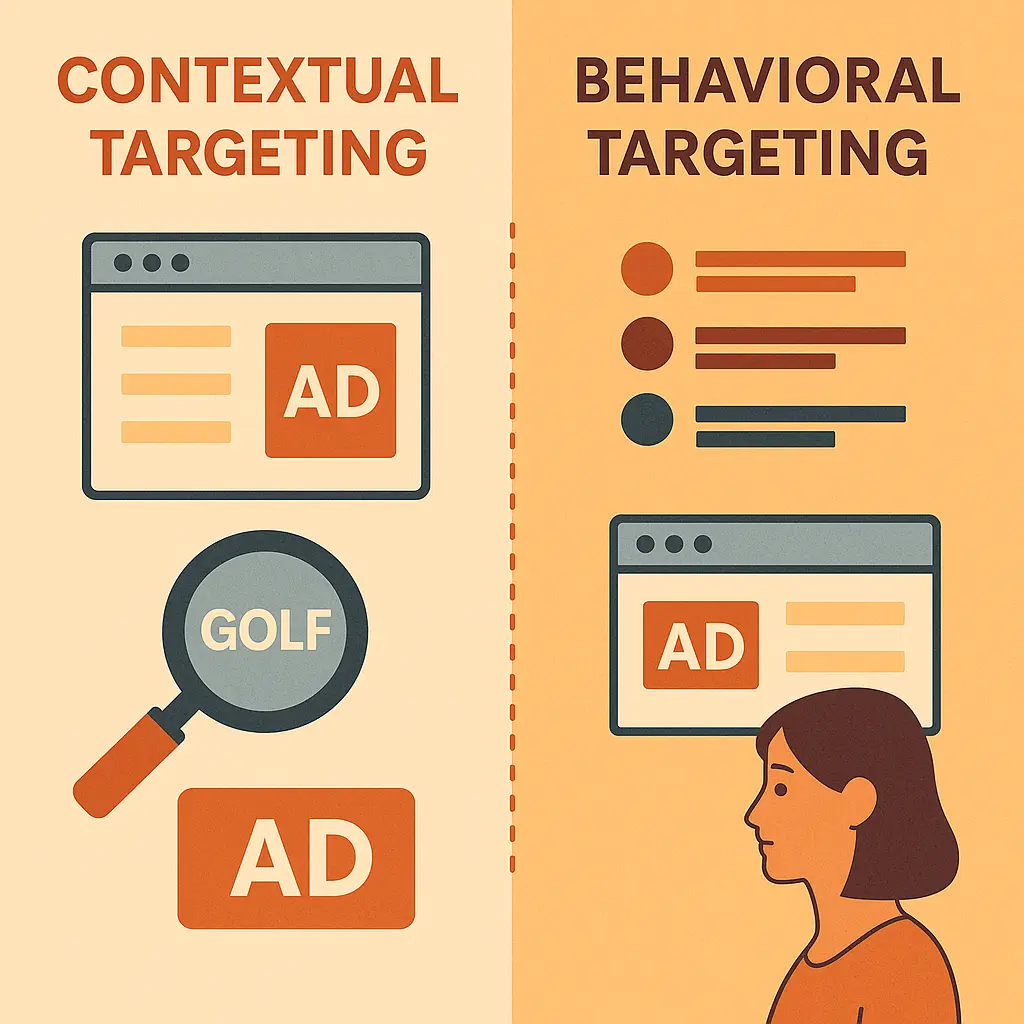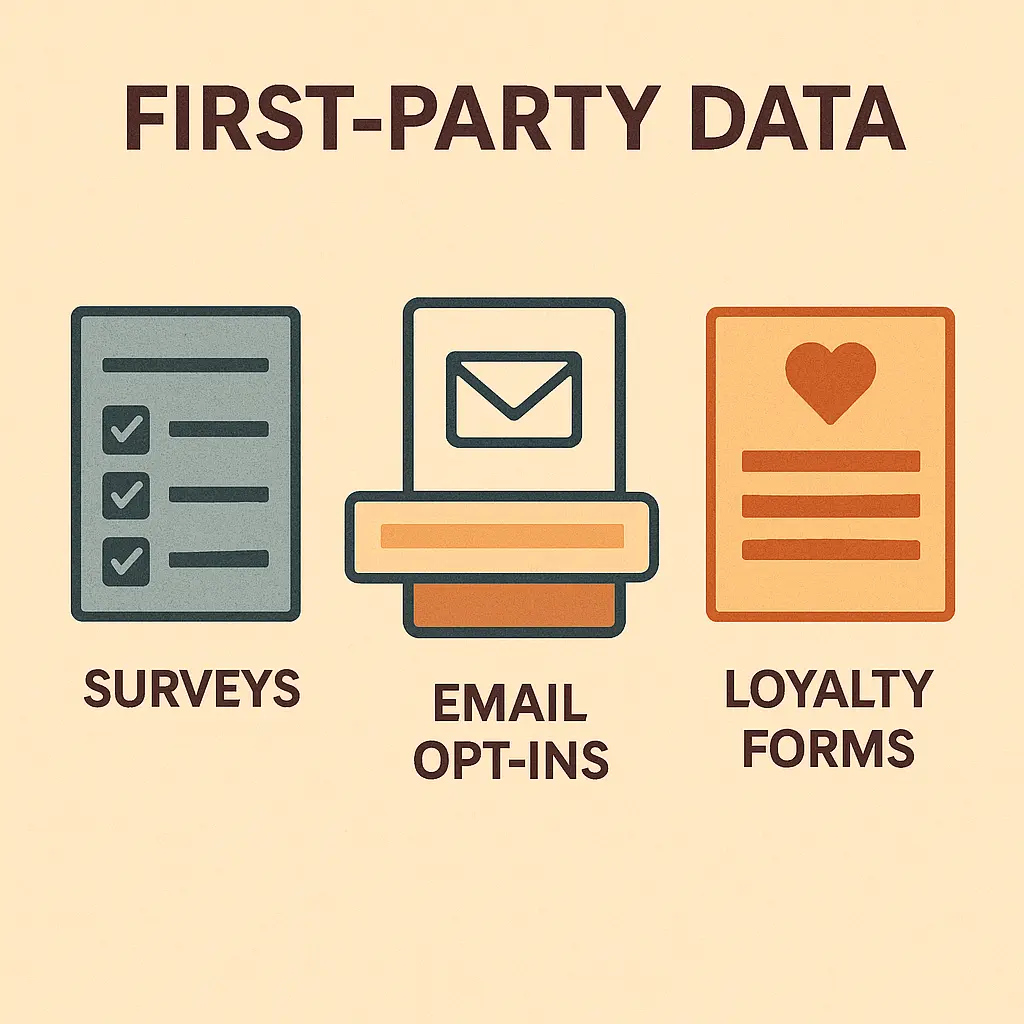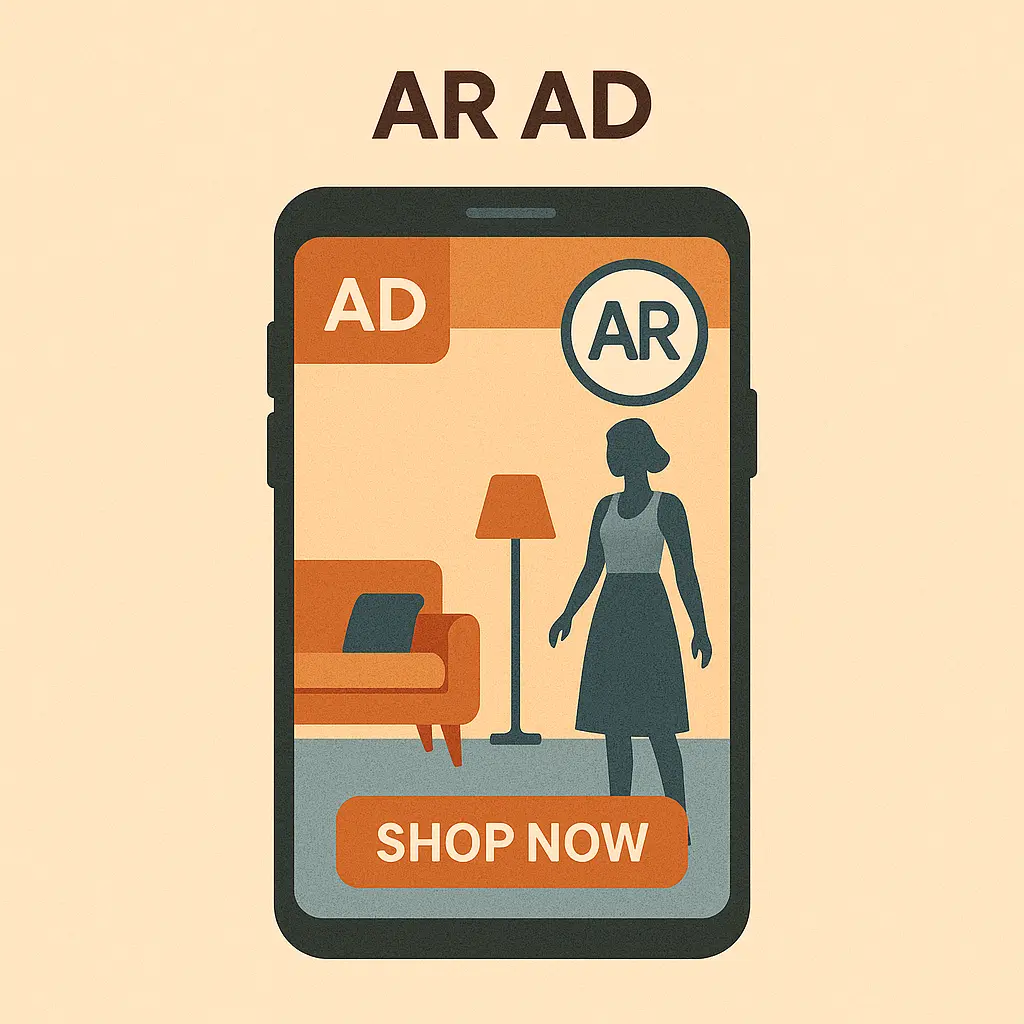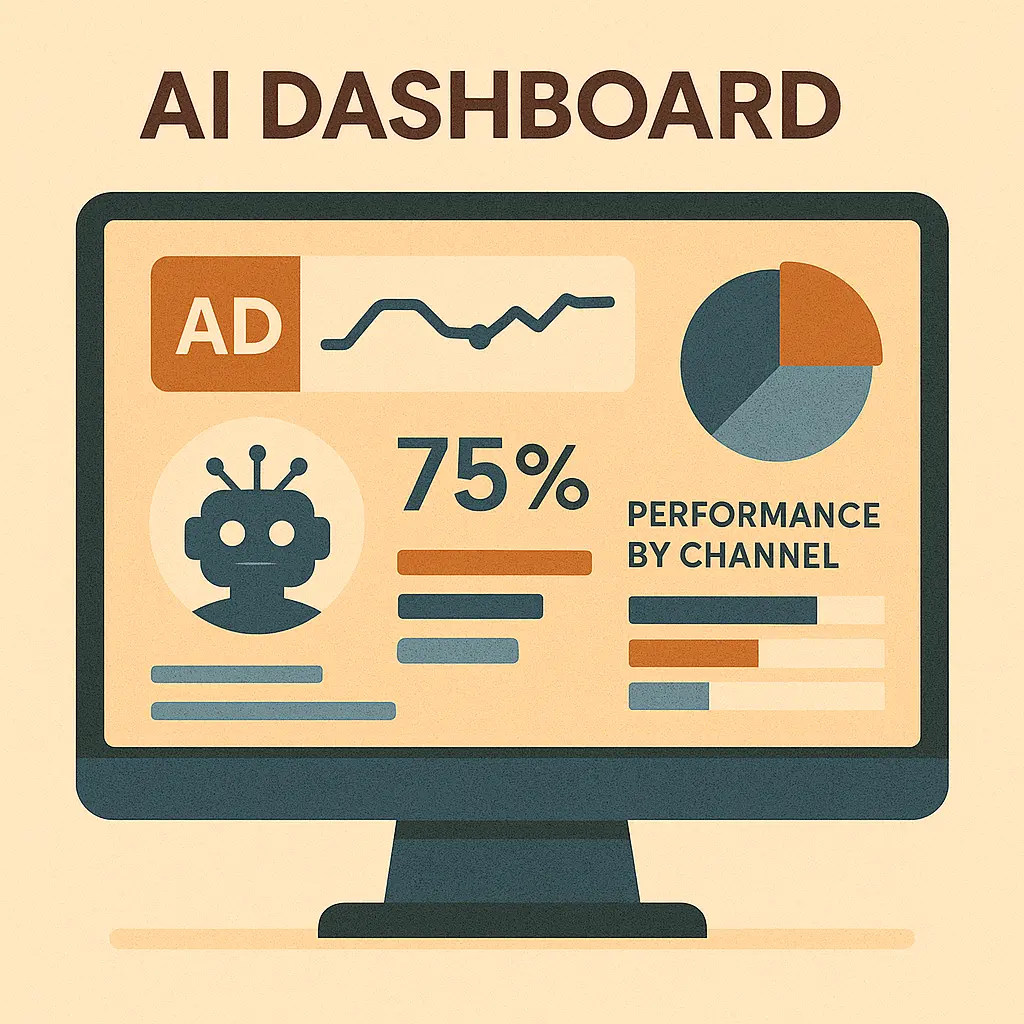Future Proof Ad Placement 2025: Best Strategies
Introduction
The digital advertising world is evolving at a breakneck speed. Between the demise of third-party cookies, the rise of artificial intelligence, and privacy regulations tightening worldwide, brands are facing a critical question: how do we future-proof our ad placement strategies?
Future proofing your ad strategy doesn’t mean adopting the flashiest trend — it means creating a sustainable, adaptable, and effective framework that stands the test of time. Whether you’re an owner of a small business or a CMO at a Fortune 500 corporation, this manual goes in-depth on the future-proof ad placement strategies, but in a human, SEO-positive, and ultra-relevant manner.
Let’s unpack it all — from AI and immersive formats to privacy-first targeting and beyond.
1. Understanding the Concept of Future Proofing
“Future proofing” refers to developing ad strategies that don’t just work today — but evolve effectively with technological, consumer, and regulatory shifts. It’s about being proactive rather than reactive.
Ad placement isn’t just about being seen. It’s about being seen by the right people, in the right way, at the right time, with the flexibility to adapt as behaviors shift.
2. Why Traditional Ad Models Are Becoming Obsolete
Interruption-based advertising (think banner ads and pre-roll videos) is losing effectiveness. Why? Because consumers are:
- Using ad blockers in record numbers
- Demanding privacy and control over data
- Becoming immune to generic, one-size-fits-all messages
The death of cookies means brands can no longer rely on mass surveillance. And thank goodness — it’s time we build value-based ad strategies instead.
3. Key Trends Reshaping Digital Ad Placement
In order to survive and thrive, you need to know where the puck is headed. These trends are not fads — they’re signs of a deeper industry transformation:
- Zero-party and first-party data collection
- AI-generated predictive segmentation
- Programmatic ads with human oversight
- Contextual and semantic targeting
- Ad experiences integrated in AR/VR environments
4. Core Strategies for Future-Proofing Your Ads
1. Invest in First-Party Data Infrastructure
Create gated content, lead magnets, and loyalty programs that encourage users to willingly share data.
2. Master Contextual Targeting
Use AI to analyze page sentiment, keyword density, and user intent — then place ads naturally within that flow.
3. Test and Deploy Multiformat Campaigns
Don’t rely solely on video or static. Explore:
- Rich media
- Native ads
- Interactive formats
4. Build Creative That’s Adaptive
Develop dynamic creative optimization (DCO) pipelines so that ad elements change in real-time based on user behavior and environment.
5. Incorporate Smart Attribution Models
Multi-touch attribution and attention metrics (like scroll depth and view time) are more predictive than click-throughs alone.
5. Advanced Ad Formats That Will Dominate Tomorrow
Augmented Reality (AR) Ads
Let consumers “try on” products virtually.
Shoppable Livestreams
Real-time product showcases with instant checkout integration.
Audio Ads on Smart Devices
Voice-enabled targeting on platforms like Spotify, Alexa, and Google Assistant.
Interactive Stories and Scrollables
Swipe-based, quiz-style, or choose-your-path experiences engage longer and deeper.
6. Navigating the Privacy-First Future
Privacy isn’t a barrier — it’s a framework. Brands that lean into consent-based marketing will build deeper trust and outperform.
What to prioritize:
- Transparent opt-in practices
- Cookie-less tracking tools (e.g., FLoC alternatives)
- Differential privacy models
- Data minimization
7. Leveraging AI and Machine Learning for Precision
AI isn’t just automating ad placements — it’s refining them. Today’s machine learning can:
- Analyze real-time behavior
- Predict ad fatigue
- Test creatives at scale
- Adjust bids for high-performing segments
Use platforms like:
- Google Performance Max
- Meta Advantage+
- Taboola Smart Bid
8. Building Multi-Channel Ad Resilience
A truly future-proof strategy is channel-agnostic. That means your message — not the platform — is the consistent glue.
Mix your ad spend across:
- Search
- Display
- Video
- Audio
- Social
- CTV (Connected TV)
And don’t forget owned media — your blog, newsletter, and app are ad platforms, too.
9. Ethical and Sustainable Advertising in 2025 and Beyond
Consumers care deeply about who they buy from. Your ads should reflect your values.
What to Consider:
- Reduce carbon load of ad servers (green ad tech)
- Avoid misleading clickbait or manipulative UX
- Choose platforms with strong moderation and safety features
- Promote inclusivity in visuals and language
10. Tools and Platforms for Long-Term Ad Success
Here are essential platforms to keep you ahead of the curve:
| Tool | Purpose |
|---|---|
| Adthena | AI-powered search ad competitor analysis |
| Permutive | Cookie-less audience targeting |
| The Trade Desk | Omnichannel DSP with privacy focus |
| Zeta Global | Predictive personalization using first-party data |
| Canva for Teams | Creative templates for adaptive ads |
11. Real-World Success Stories
Brand: IKEA Used AR ads to showcase furniture in real-time. Resulted in 200% engagement lift.
Brand: L’Oréal Implemented zero-party data approach via quizzes and beauty matching functionalities.
Brand: Nike Used predictive AI to personalize CTV ads based on activity and product interest.
12. Conclusion
The future of ad placement isn’t something to fear — it’s something to embrace. By leaning into data ethics, smart automation, immersive creativity, and channel diversity, you’ll ensure your brand thrives no matter how the digital tides shift.
As the lines blur between content and commerce, and between ad and experience, only those who plan with the user in mind will truly win.
